
- +8615880211820
- [email protected]
- Tongan Industry Park, Xiamen
| Product name | Organic Antibacterial Masterbatch |
| Appearance | White Granule |
| Antibacterial rate | 99% |
| Active Ingredient | Pyridineguanidine |
| Effective Solid Content | 20% |
| Melt Index (g/10min) | 2-12 |
| Melting Point | 150-270℃ |
High-temperature resistant organic antibacterial masterbatch is becoming an essential functional additive in the plastics and chemical fiber industry—especially for applications that demand long-term antibacterial performance, strong thermal stability, and excellent transparency. This masterbatch is engineered specifically for PP (polypropylene), PET (polyester), and PA6 (nylon 6) materials, offering high efficiency in combating bacteria, fungi, and viruses.
This masterbatch is produced by grafting a pyridine-guanidine organic antibacterial agent into polymers through a multi-stage polymerization process. Unlike traditional inorganic antibacterial agents such as silver or zinc-based additives, this organic system features:
Faster antibacterial action
Better performance against fungi and certain viruses
High compatibility and transparency in plastic products
It is ideal for manufacturing antibacterial films, sheets, fibers, and molded parts where clarity and cleanliness are critical.
The organic antibacterial component is safe for consumer contact applications and complies with modern environmental standards.
Because the antibacterial agent is grafted into the polymer, the resulting plastics maintain high optical clarity, making it suitable for clear films and textile fibers.
This masterbatch withstands processing temperatures up to 330°C, making it fully compatible with high-temperature polymer processes for PET and PA6.
Capable of quickly eliminating harmful microorganisms, achieving 99%+ antibacterial effectiveness against:
Escherichia coli
Staphylococcus aureus
Candida albicans
Molds and common fungi
| Category | Details |
|---|---|
| Antibacterial Agent Type | Pyridine-guanidine organic antibacterial agent |
| Polymer Compatibility | PP, PET, PA6 |
| Processing Temperature Resistance | Up to 330°C |
| Antibacterial Performance | ≥99% against E. coli, S. aureus, Candida albicans, molds |
| Transparency | Excellent, suitable for clear products |
| Safety | Non-toxic, environmentally friendly |
| Application Forms | Films, sheets, fibers, injection-molded parts |
| Recommended Dosage | 5% |
This high-temperature resistant antibacterial masterbatch is widely used in chemical fibers and textiles, especially where hygiene, odor control, and long-term microbial resistance are required.
Medical textiles: Masks, medical gowns, filters, surgical fabrics
Daily-use products: Clothing, socks, towels
Home and bedding textiles: Mattress fabrics, pillow fillings, curtains
Functional films and sheets: Food-contact films, packaging sheets, hygienic household items
Industrial fibers: Air filtration materials, filter cartridges
Its high thermal stability allows easy incorporation into melt-spinning and molding processes for PP, PET, and PA6 fibers.
The High-Temperature Resistant Organic Antibacterial Masterbatch for PP, PET, and PA6 offers a powerful combination of fast antibacterial action, high safety, thermal stability, and excellent transparency. Its broad compatibility and easy processing make it a valuable solution in medical, household, and industrial textile materials—especially where long-lasting antimicrobial performance is essential.
Our company is over 20 years in plastic masterbatch industry, we specialize in researching and produce all kinds of Color masterbatches, functional masterbatch, fiberglass reinforced plastics and burning resistant plastic raw materials, located in Tong’an Industry Park of Xiamen City in China.
In conclusion, we are professional in producing all kinds of plastic masterbatch, including additive master-batch, functional masterbatch, PE flame retardant masterbatch, ABS flame retardant masterbatch, Anti-Oxygen masterbatch, Anti-UV masterbatch, Anti-bacterial masterbatch, Antiblock masterbatch, and some other additive masterbatches.
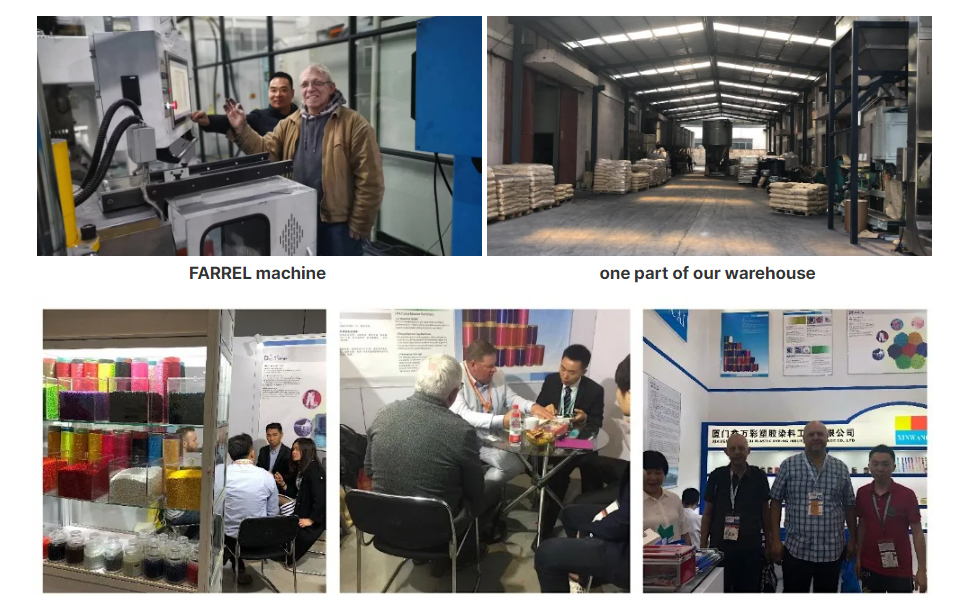
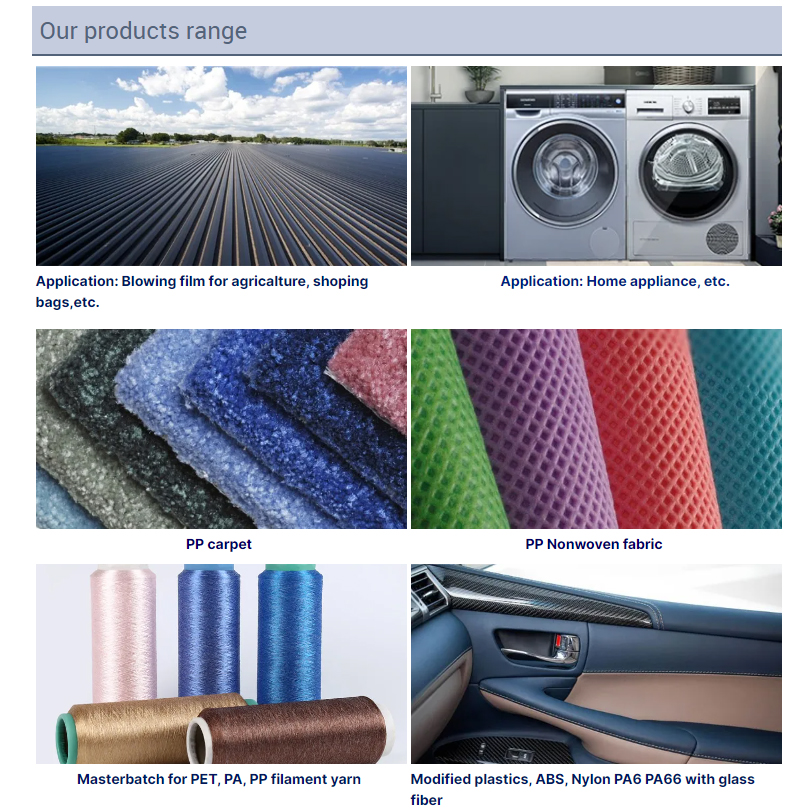
Our masterbatches find a multitude of applications across diverse industries. Whether in plastics, textiles, or various manufacturing processes, our masterbatches play a pivotal role in enhancing product quality and performance. With customizable formulations, they offer color consistency, UV protection, flame resistance, and more, making them the go-to solution for countless applications. From automotive parts to packaging materials, our masterbatches are the trusted choice for achieving superior results across a wide spectrum of industries.
Our custom masterbatches are designed to match specific polymers, ensuring optimal performance when incorporated into your selected material. We have the capability to produce masterbatches suitable for a variety of polymers mentioned below, and many more. If you’re working with a material that isn’t listed here, please don’t hesitate to reach out to our knowledgeable technical team to explore the possibility of meeting your specific needs.
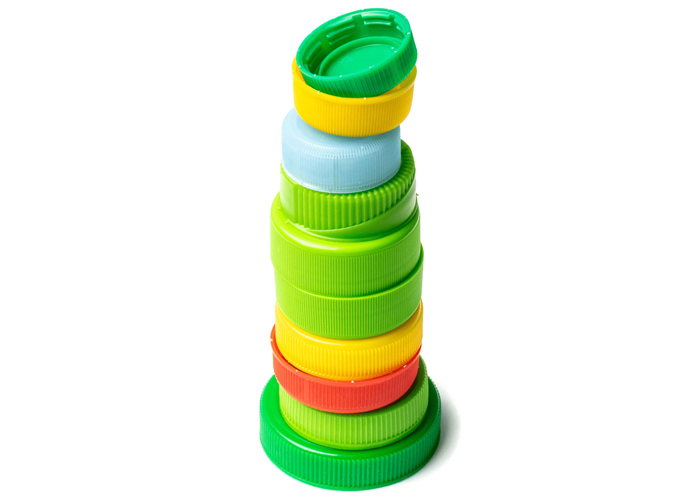
Low Density Polyethylene – Somewhat more translucent than HDPE and considerably more pliable, primarily employed in flexible packaging, tote bags, pliable tubing, film applications, and similar uses. Like HDPE, it has limited transparency characteristics. It exhibits outstanding chemical resistance to alcohols, acids, and alkalis but has restricted resistance to hydrocarbon solvents and mineral oils. Prolonged exposure to UV radiation can initiate degradation.
High-Density Polyethylene – Featuring a somewhat milky-white appearance, this material finds wide application in rigid bottle packaging, injection-molded caps and closures, crates, and more. Its natural opacity can limit the degree of transparency attainable. HDPE exhibits superior chemical and solvent resistance when compared to LDPE.


PPCO Random & PPHO – A polymer with moderate clarity, employed in the production of caps and closures. It is also utilized for crafting household items, buckets, toys, and storage containers. Polypropylene offers flexibility without significant limitations on color or special effects. Random copolymer boasts greater clarity compared to homopolymer and is better suited for creating translucent shades.
PPCO Block – Similar to PPCO but enhanced for increased impact resistance. An additive renders the polymer white, resulting in high opacity. This characteristic may limit the achievable transparency.
Polyethylene Terephthalate (PET) – Polyester materials exhibit robust mechanical strength along with excellent chemical resistance and barrier properties. PET is frequently chosen for the production of carbonated beverage containers. Moreover, polyester can be spun and employed in textile manufacturing for clothing. PET is highly transparent, making it an excellent choice for translucent packaging, although a subtle hint of “yellowing” may impact extremely light tints.
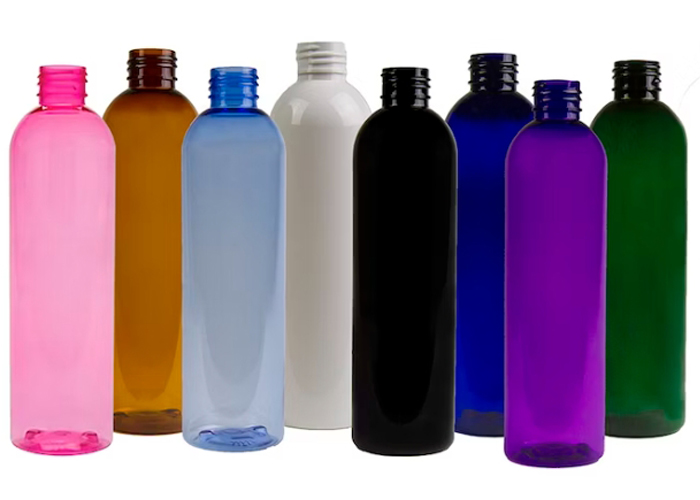
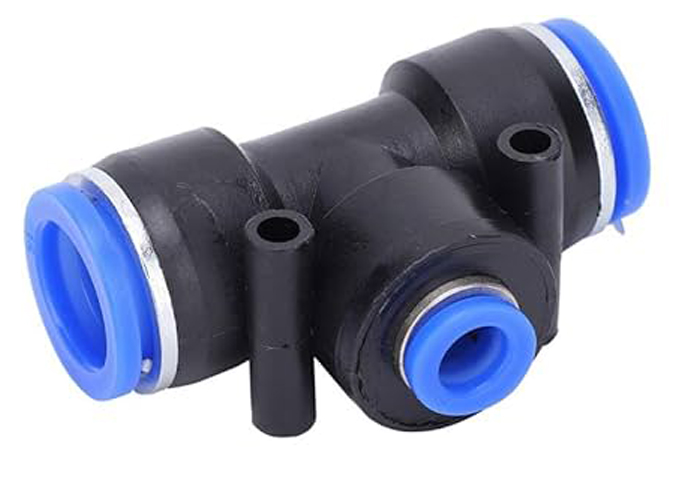
Polybutylene Terephthalate – A crystalline thermoplastic engineering polymer frequently employed as an insulating material within the electronics sector. This substance belongs to the polyester category, showcasing a remarkable equilibrium of attributes and processing qualities.
General Purpose Polystyrene – Exhibiting a glass-clear appearance but possessing minimal impact resistance, this material finds its primary application in CD cases. Its notable clarity renders it suitable for creating translucent hues, although an occasional violet tint may be discernible.
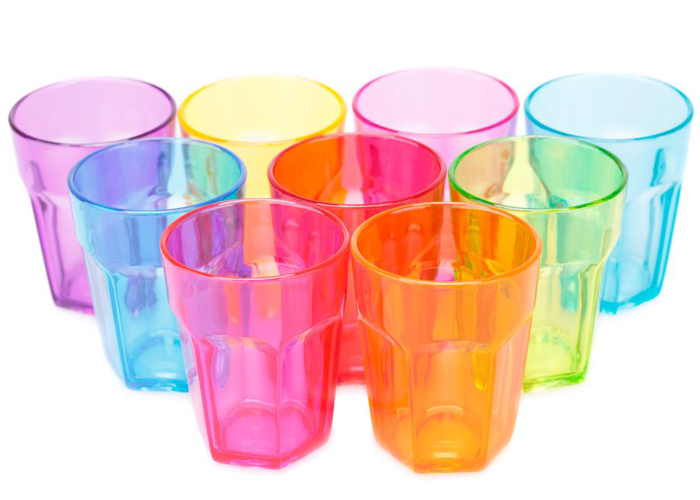
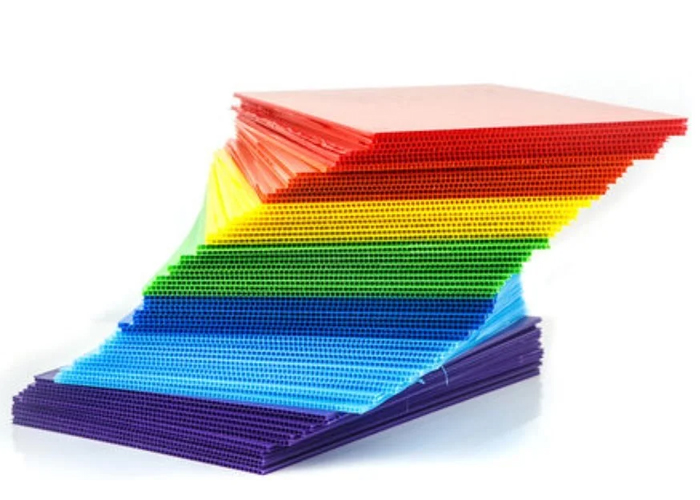
High Impact Polystyrene – Derived from GPPS by incorporating an impact-enhancing agent to boost its resistance to impacts. This added component results in the polymer becoming white, and different formulations provide varying degrees of opacity. Typically employed in the fabrication of game pieces, toys, and similar items. Its pronounced whiteness can pose challenges when aiming for translucent coloration. Specialized alternatives like K-Resin and Styrolux are accessible in the market to attain the same level of translucency as GPPS.
Acrylonitrile Butadiene Styrene (ABS) – A more robust iteration of High Impact Polystyrene (HIPS) employed in high-value components. ABS exhibits greater durability compared to HIPS-made components, although it encounters similar challenges when attempting to achieve translucent colorations. Just like HIPS, ABS offers specialized translucent variants. Owing to its durability, ABS is commonly used in crafting casings for power tools.

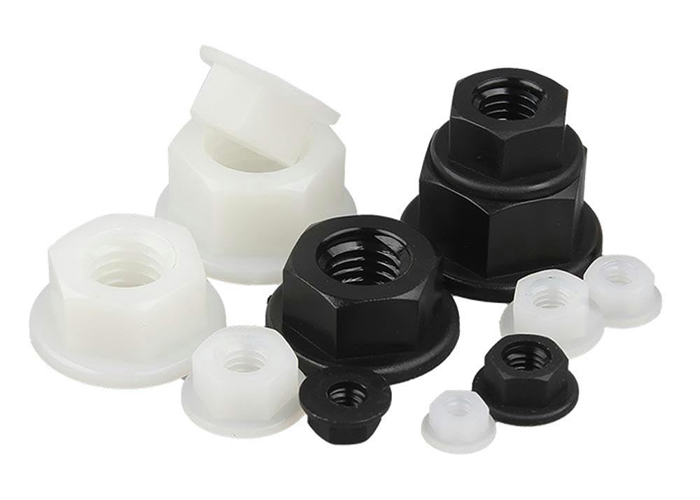
Polyamide (6, 66) – Nylon represents a versatile grade extensively employed in mechanical construction and maintenance. Its popularity stems from its excellent blend of mechanical strength, rigidity, mechanical damping characteristics, and effective electrical insulation capabilities. Consequently, nylon is a preferred material for manufacturing electrical enclosures. PA66 serves as a common alternative to metal across diverse applications, with its chemical and physical attributes closely resembling those of PA6. PA6 exhibits superior impact resistance and resistance to solvents, albeit with a heightened susceptibility to moisture absorption.
Styrene Acrylonitrile Copolymer – Possessing transparency and outstanding chemical and heat resistance, SAN also boasts good rigidity, tensile strength, and flexural strength. Thanks to its high-gloss finish, SAN is commonly chosen for cosmetic packaging purposes. However, achieving light tint colors with SAN can be challenging due to the violet dyestuffs inherent in the material, which are utilized to enhance its visual appearance during manufacturing.
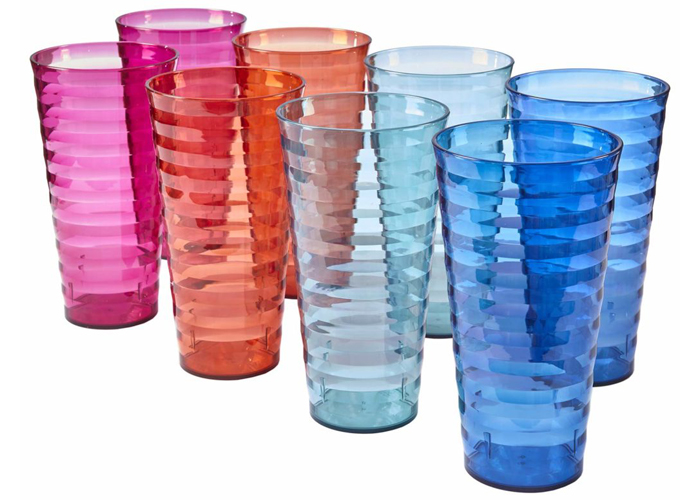
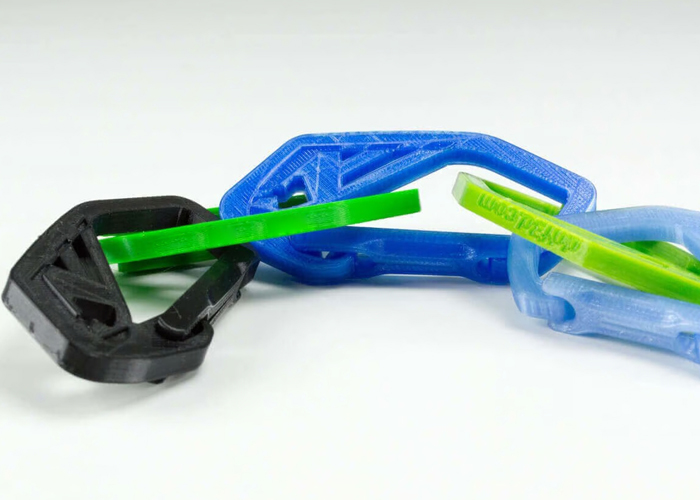
Polyethylene Terephthalate Glycol – PET with the incorporation of glycol. This glycol addition enhances flow properties but diminishes strength. PETG can be extruded to create bottles and can be formed into sheets for producing ‘blister’ style packaging.
Thermoplastic Elastomer (TPE) or Thermoplastic Polyurethane (TPU) – TPU finds diverse uses in applications such as automotive instrument panels, caster wheels, power tools, medical devices, as well as various extruded film, sheet, and profile applications. TPEs are employed across a wide range of applications in industries spanning automotive, medical, construction, electrical, appliances, packaging, and industrial sectors.
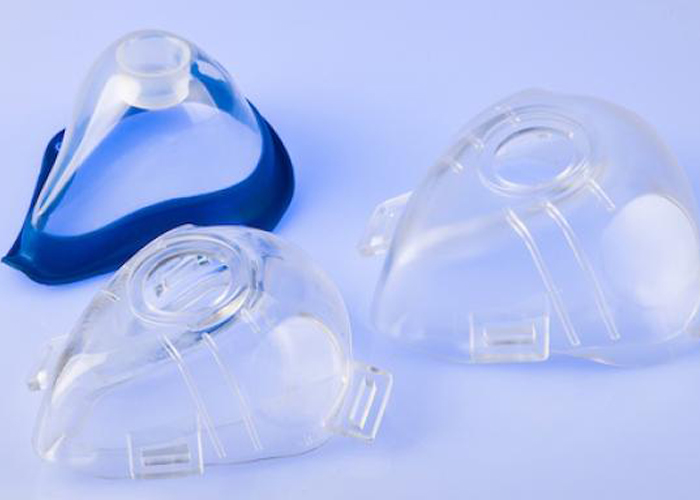
Frequently asked questions about our masterbatch
©2023. Masterbatch Manufacturer All Rights Reserved.
Our team will send back the best offer in 20 minutes.